
The Maldives is the perfect destination for those seeking seclusion, exotic nature and luxury holidays. Snow-white beaches, crystal clear waters
Read more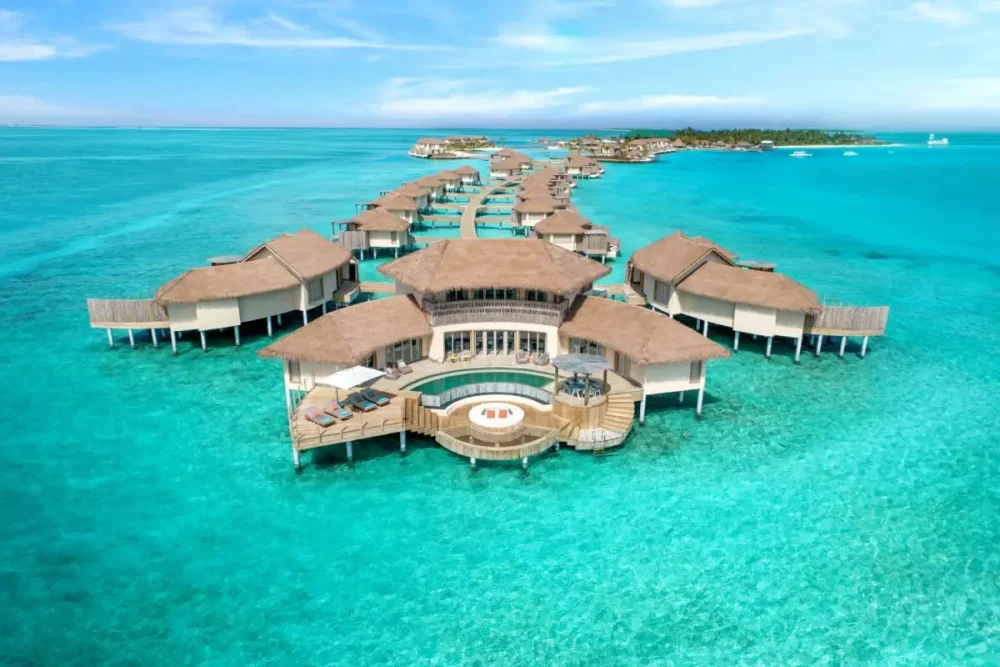
With 1,196 islands, only two hundred of which are inhabited, the Maldives archipelago has become a canvas for creating exclusive locations where luxury takes on a new dimension. The hotels here are carefully designed spaces where engineering merges with natural beauty. In this article we will tell you about luxury hotels in the Maldives that …
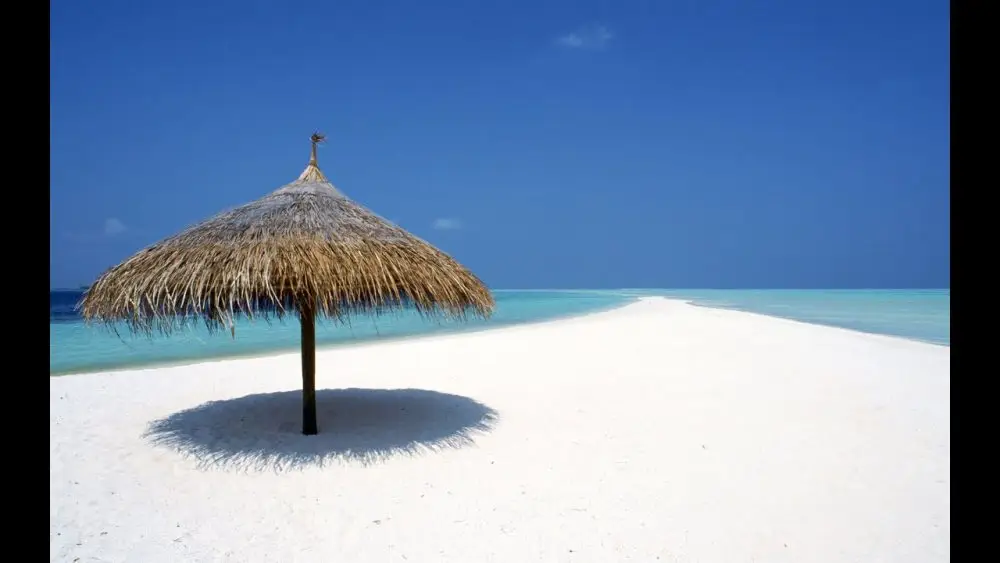
The Maldives is an archipelago of over 1000 coral islands scattered across the Indian Ocean. White sand formed by crushed coral, azure water and rich underwater life make these islands a true paradise for travellers. The review presents the most beautiful beaches in the Maldives, which mesmerise with pristine nature and offer ideal conditions for …
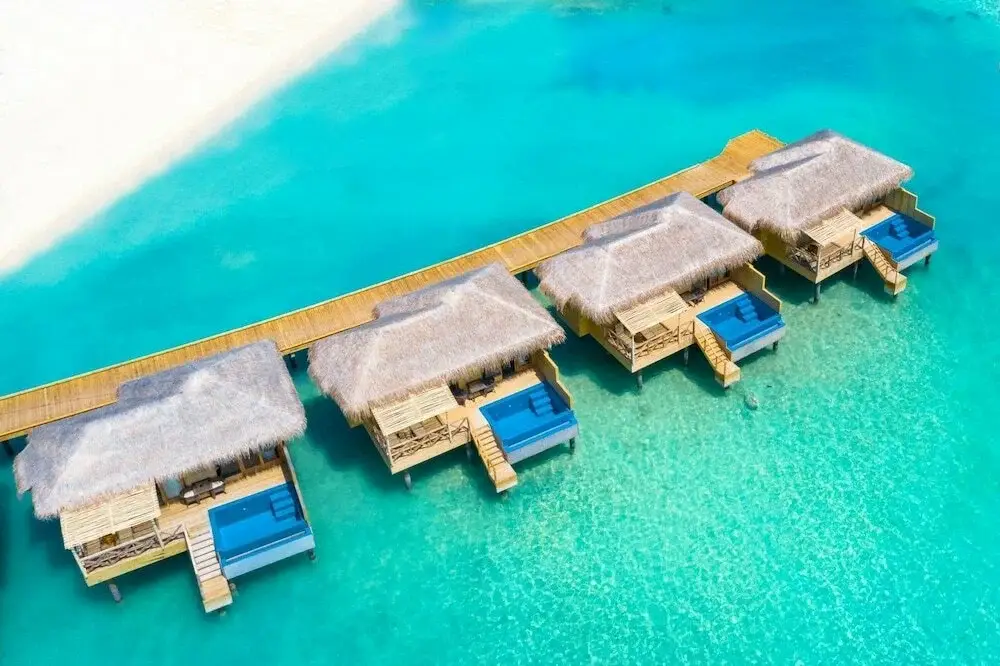
The Maldives has long earned a reputation as the most desirable destination for luxury holidays. The turquoise water of the Indian Ocean, snow-white beaches and villas drenched in greenery create an atmosphere of complete privacy and comfort. Luxury hotels in the Maldives offer not just overnight accommodation, but a full immersion into island life: private …
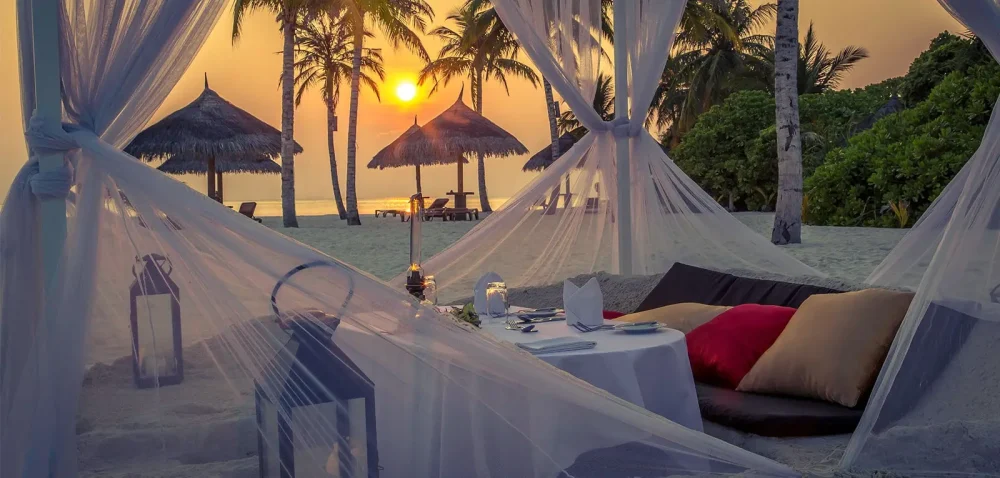
The Maldives epitomise the dream of a flawless romantic holiday. Snow-white beaches, clear waters, secluded villas and dinners served right on the sand create the perfect setting to celebrate the start of a new family life. The best Maldives honeymoon hotels become not just a place to stay, but a part of an experience that …
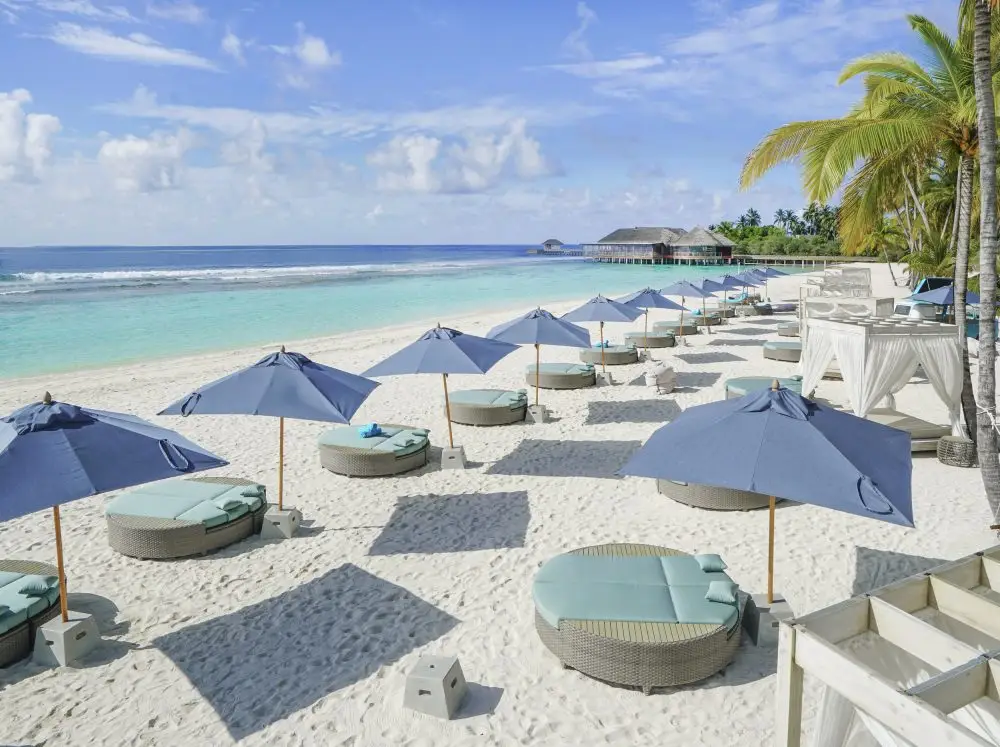
The decision to travel to the tropics requires precise calculations. Not only budget and time, but also weather conditions come to the fore. On the islands, the weather dictates the style of holiday, the type of activity and the level of comfort. Every month brings changes. To determine when to go to the Maldives, it …
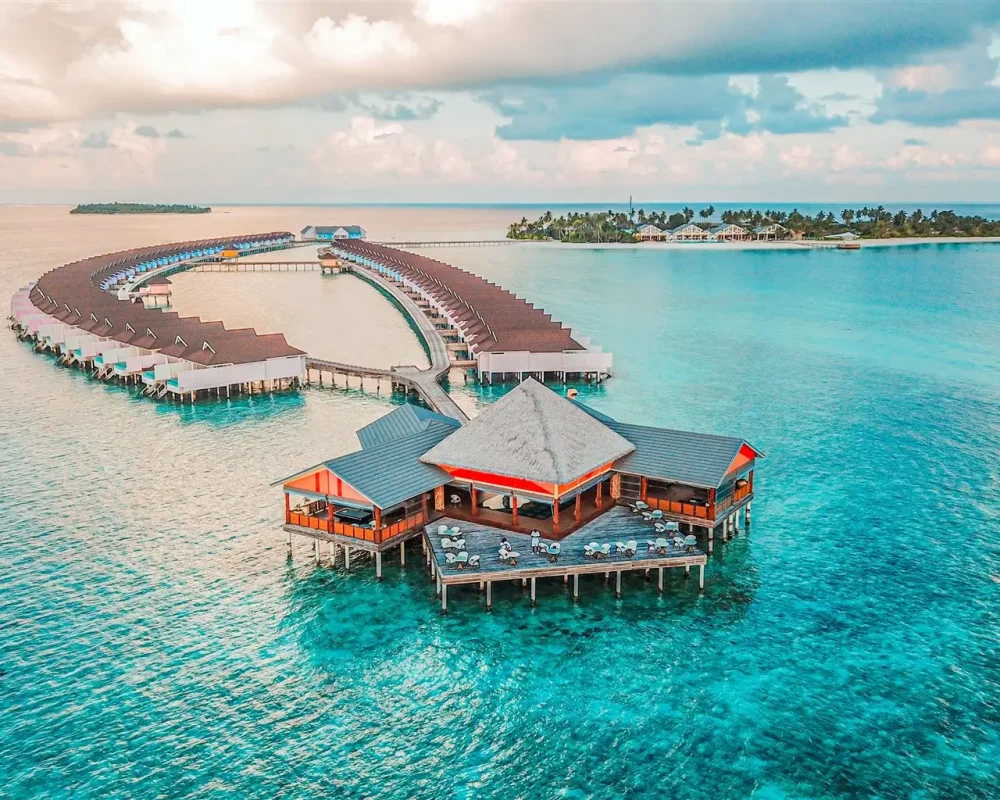
Stereotypes about exorbitant costs are gradually giving way to cold calculation. Holiday prices in the Maldives are not abstract luxuries, but specific categories of spending that can be flexibly adjusted. Cost formation depends on the season, type of accommodation, length of stay and travel patterns between islands. The all-inclusive format is fading into the background. …
Maldives is all about white-sand beaches and crystal clear water
Enjoy exotic, vibrant corals and colourful fish
Luxury resorts offer a high level of service
Maldives - the perfect place for a quiet holiday that awaits you
The Maldives is a paradise for those seeking seclusion and exotic holidays. Snow-white beaches, crystal clear waters and unique nature create the perfect conditions for relaxing and enjoying the beauty of the world around you. In addition to luxury resorts, diving, snorkelling and other water sports are also available. The Maldives offers the perfect balance between relaxation and adventure
